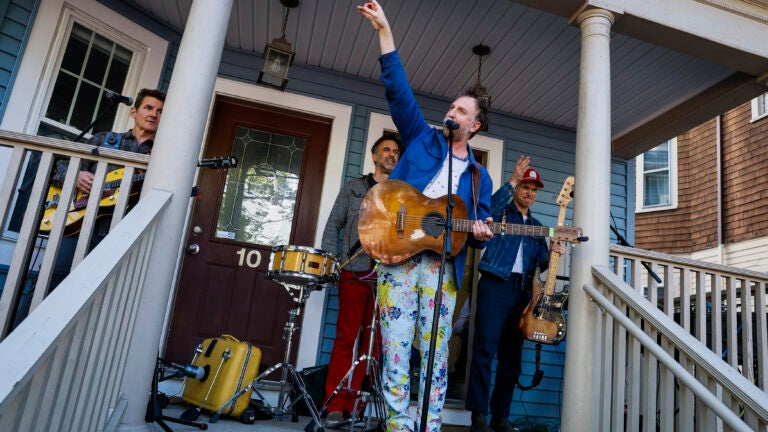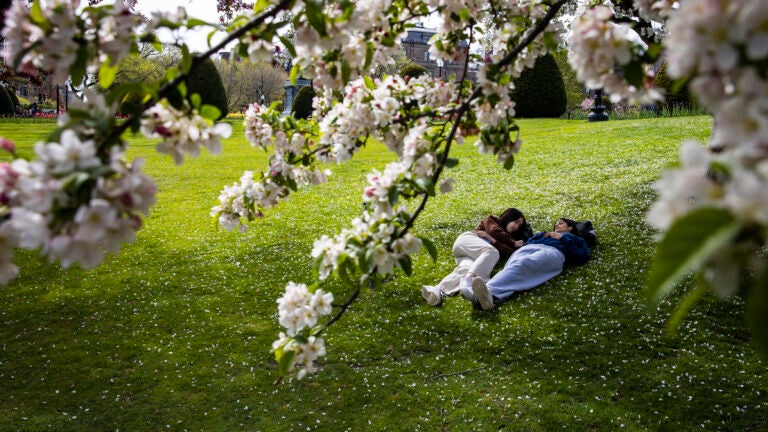Downtown Boston neighborhood named to state’s ‘Most Endangered Historic Resources’ list
Every year, Preservation Massachusetts, the state's historic preservation organization, puts together a list of historic properties and/or neighborhoods that are at risk of being lost. This year, a Boston neighborhood is featured on the list.

Every year, Preservation Massachusetts, the state’s historic preservation organization, puts together a list of historic properties and/or neighborhoods that are at risk of being lost. This year, a Boston neighborhood is featured on the list.
The Ladder Blocks of Downtown Boston is six blocks’ worth of shops, restaurants, and residences near Downtown Crossing, from School Street to Boylston Street and between Tremont Street and Washington Street. The neighborhood is named for the cross streets in between, which look like the rungs of a ladder, according to Preservation Massachusetts.

New residential projects—such as Millennium Tower and Millennium Place, which both border the Ladder Blocks area—mean the neighborhood is thriving.
And that’s the problem.
What got the area a spot on the list this year is the concern that big developments like those will take away from the neighborhood’s historic charm. Preservation Massachusetts would also like to draw attention to the many historic buildings in the area that could use some renovations.
“Preservation Massachusetts is very concerned about the large-scale development proposals in the area and the potential loss of some of the city’s fine historic fabric and character,” Jim Igoe, president of Preservation Massachusetts, said in a statement. “Like the Fort Point Channel District which was a Most Endangered Resource in 2006, we hope the Ladder Blocks also benefit from great collaboration, investment and sensitive expansion by harnessing the historic and unique character of the unique area.”
The Fort Point Channel District, one of Boston’s newest neighborhoods, is an example of historic preservation and reuse, as many of the industrial buildings that define the neighborhood have been saved, with architects maintaining their facades while repurposing the interiors.
The Boston Globe called Downtown Crossing Boston’s newest residential neighborhood. Though Downtown Crossing’s rise in residential towers may seem like a recent trend, Preservation Massachusetts noted in the statement that, historically, the Ladder Blocks were filled with residences. After the Great Boston Fire of 1872, many of the residences were burned down. Once the buildings were rebuilt, they were much more focused on commercial space—until the recent shift.
“The Most Endangered Historic Resource program will create awareness of the historic and cultural significance of this in-demand neighborhood and the ease with which poorly considered redevelopment could destroy this unique piece of old Boston,” Greg Galer of the Boston Preservation Alliance, a Boston-specific group supporting historic structures and neighborhoods, said in the statement. “The listing will assist the Alliance and partners as we advocate for thoughtful investment that considers the important role of preserving the special character of this neighborhood during this period of rapid development.”
The other Massachusetts endangered resources on the 2016 list include: Notre Dame des Canadiens Church and Our Lady of Mount Carmel Roman Catholic Church (Worcester), Sea Captains Row (Hyannis), Truro National Seashore District (Cape Cod), Knox Automobile Factory (Springfield), and Usen Castle (Waltham).








Conversation
This discussion has ended. Please join elsewhere on Boston.com